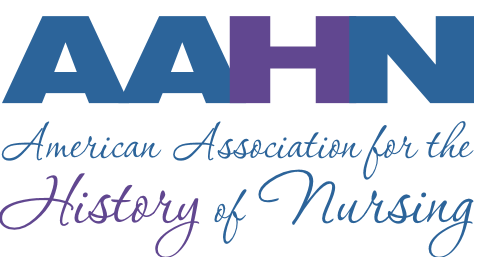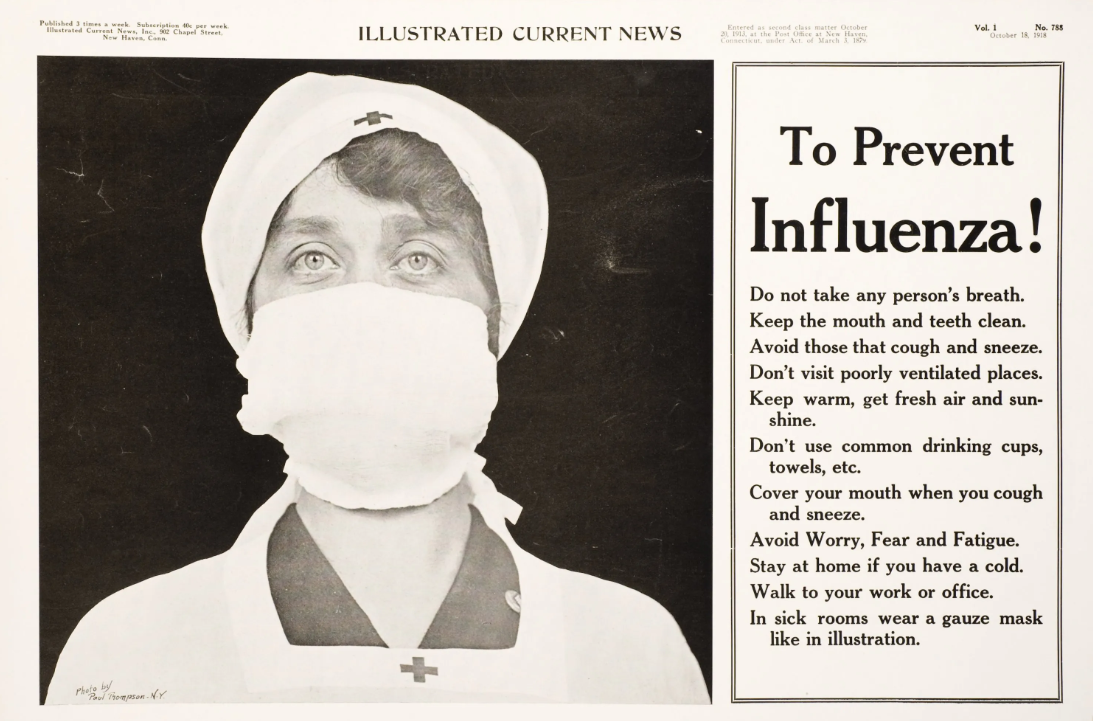- Home
- About AAHN
- Membership
- Research & Resources
- Publications
- Conference
- Members Only
- Contact Us
President's Message July 2022
I realize this month’s letter is overdue and apologies for not sending it sooner. It seems Covid found me at last in spite of masking, avoiding large crowds, and generally living a careful life. Because I am fortunate to have access to the vaccine and boosters, my brush with Covid was not life threatening or debilitating. It was a major inconvenience, but relative to others who have suffered or died from the disease, my case is hardly worth mentioning. But it is a reminder to me, as well as other members of my family, that this pandemic is not over, even though we are all tired of it. This brings me to a document that was sent by Barbara Gaines at the end of May and one that I think is important to share with all of you. Barbara writes, “An Oregon State historian convened an email roundtable with other 1918 flu historians and folks with contextual expertise, titled "What Came Next?: Reflections on the Aftermath(s) of the 1918-19 Flu Pandemic in the Age of Covid". The authors' goal is to make their thinking readily available. I am calling it to your attention because I thought you would find it interesting and maybe a good teaching tool as well as a thought piece for the President’s Letter…”. There is no better time to call attention to this issue, especially since we are all wondering how we can live our lives without major disruption and still manage not to get seriously ill or worse. Some of the principle ideas in the document that are certainly relevant relate to the differences in the political and social responses to Covid and the 1918-19 flu. The authors note that while the response to Covid was politicized, including rejection for calls to wear masks, accept vaccine mandates or mandatory closures of restaurants or other establishments, the response to the 1918-19 flu was different. Opposition to public health measures was not regional or associated with party affiliation. There were pockets of anti-mask, anti-closure activism in 1918-19 but nothing that resembles the organized pushback, protests and propaganda of 2020-2021. According to the authors, the wartime context in 1918 promoted patriotic language and a push for homogeneity that pressured citizens to conform to public health measures. Individuals who rejected mask mandates were cast as “mask slackers”. By the fall of 2021, the U.S. surpassed the total flu deaths in the U.S. for the 1918-19 pandemic which tragically resulted in the loss of life for 675,000 people. (At the time of writing this, the death toll in the U.S. is 1,046,000). This is in spite of advances in modern medicine, greater access to factual information and communication. We have become inured to reports of over 300 people dying and over 100,000 new reported cases every day. The 1918–19 flu pandemic was characterized by several unique factors that are quite different from our recent pandemic experience. Two stand out: the flu, particularly in the fall 1918 deadly second wave, disproportionately impacted the healthiest in the population, with at least half of all those killed coming from the eighteen to forty-five age range. With Covid, the pandemic has disproportionately affected the most vulnerable, especially older adults, those with chronic conditions and people of color. Because the 1918 flu spread so fast and incubated so rapidly (one to four days on average) families and communities were decimated quickly. The authors note that by most social, political, economic, and medical measures, the flu faded into the endemic form of the seasonal flu by 1920–21. Based on our two-year history with Covid, it now appears that the pandemic, along with public resistance to public health measures and the rapid mutation of the virus will be with us longer than the flu in 1918-19. The authors stress that given this insight, taken with the lessons of the past and their aftermaths, that we should continue to be careful, be aware of risk and less resistant to public health measures meant to reduce exposure. They note that because we have tools in the form of vaccines, better masks, and knowledge of the virus, we can maintain a semblance of a normal life as long as we expect the unexpected. I encourage you to read the document in its entirety and consider the lessons of the 1918-19 flu as they relate to our current pandemic. Thanks to Barbara Gaines for sending this. It is an important document and one that can be used in class, in discussion groups or with family and friends- or simply as a tool for self-knowledge and awareness. Please take care and stay well. All the best, Melissa Sherrod
President AAHN 2020-2022  The document is published in The Journal of the Gilded Age and Progressive Era, Volume 21, Issue 2, April 2022, pp.111-149. DOI: https://doi.org/10.1017/S1537781421000682 |

